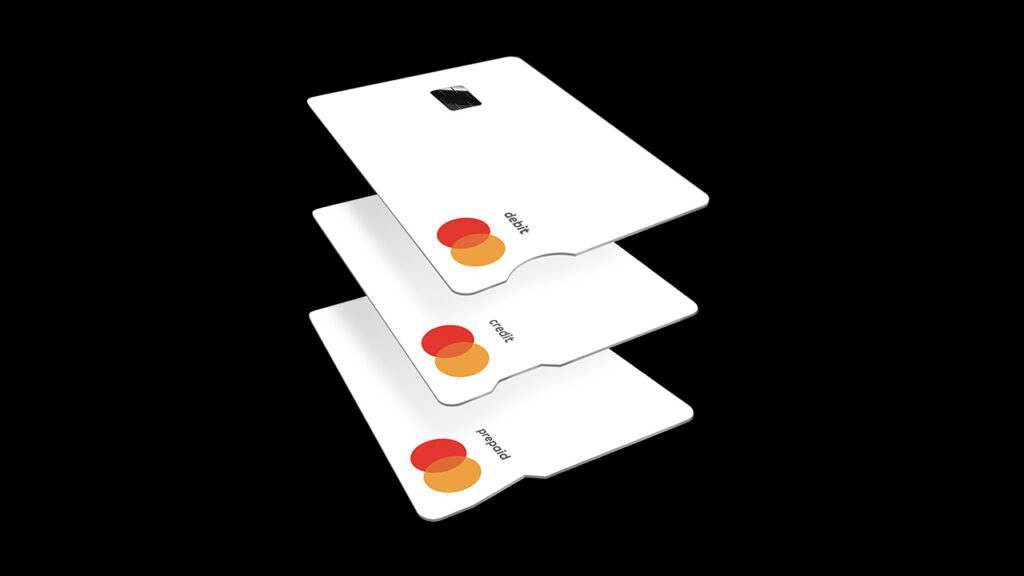
Connecting with consumers in lasting, meaningful ways is more challenging than ever amid a fragmented digital media landscape—even for those brands that are considered household names, like Mastercard.
“Our jobs have become incredibly difficult to break through,” said Mastercard’s VP of Global Media Traci Spiegelman to a room full of digital out-of-home executives at the DPAA Summit in New York City earlier this week. “For us, that means we need to be thinking about experiential marketing and touching consumers in a way that goes beyond advertising,” she said.
A Trio of Challenges
The brand faces three major challenges when it comes to connecting with consumers, she said. The first is the reality that the average consumer has the attention span of a goldfish. The second relates to quantity: “the bombardment of advertising and messages that are coming your way consistently.” Finally, those two things are compounded by the fact that ad blockers are becoming a norm.
Connecting Through Sponsorships
Mastercard has leaned on its partnerships to break through. “When you think about creating that lasting impact, we have numerous sponsorships across our portfolio that enable us to connect on that more direct level to give consumers experiences with our brand and make them feel like we’re not just showing up and throwing messages in their face, but we’re providing value to their lives,” she said.
An example of that success is the brand’s “Priceless” ad campaign, which has run for more than 25 years. Over time, the brand has evolved the campaign for the B2B space. “It’s not an easy thing, when people are so used to the way Priceless shows up now, which is all about bringing priceless possibilities into people’s lives,” she said. “But the fact of the matter is, it really does work from a business perspective, too.” To shift that narrative and apply the concept to a business audience, Mastercard recently focused its advertising on case studies with government and financial partners which highlight actions such as stopping and preventing fraudulent activity.
Purpose-Driven and Inclusive
Mastercard’s goal of bringing as many people as possible into the digital economy means making it easy for everyone to have payment opportunities, Spiegelman said. One way that manifests is through inclusive design. Case in point: the brand developed the Touch Card, accessible for people who are blind or partially-sighted, which features three distinct notches for debit, credit and prepaid. “It’s exciting, because when you actually have a solve for something like that, there’s nothing but excitement in the company to get behind it.”




